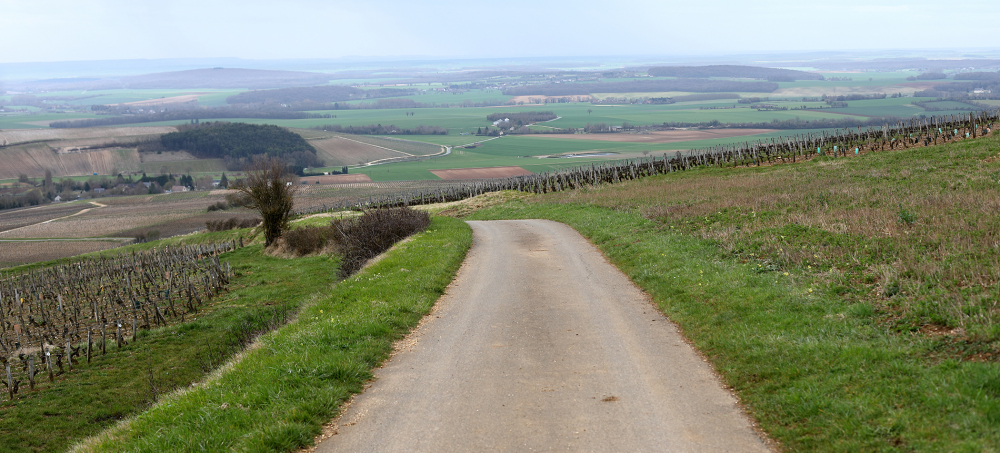Thanks to Beaune Imports for the following write up:
The Bailly family have been vignerons in Sancerre from father to son since 1700. Like most winemaking families in France who suffered from the phylloxera blight in the late 19th century and then the two world wars of the 20th century, it was only in the early 1950's that Sylvain Bailly began to prosper and grow his business. His son Jacques has took the helm in the late 1980s and today, his daughter Sonia manages the estate. The domaine’s name refers to a crucifix erected in honor of the Saint Ursin on the property in 1877 by Mr. Ducroux-Dauny.
Bailly’s estate covers 12 hectares and is spread over 23 separate parcels. The vineyards are located mostly around the village of Bué with holdings in the famous vineyards of Chêne Marchand, Grand Chemarin, le Château and les Chasseignes. A bit of trivia about the name of Chêne Marchand which is arguably the most famous vineyard site in the Sancerrois region: Originally it was called the Choix Marchand which literally translates to mean “a merchant’s choice”, because it was the wines from this vineyard that the merchants kept for themselves.
Winemaking: The white wines at this estate are vinified in separate lots based upon a number of factors. The main factor that decides which parcels are vinified together is related to vineyard site, i.e. In all, there are approximately 12 separate vats used to ferment the juice of 23 vineyard parcels.
The must is left to settle for 18-48 hours after which time the fermentation begins at a controlled temperature of 18°C to preserve the primary aromas of the grapes. The first racking takes place in January followed by aging on their fine lees. The wines are then assembled, cold-stabilized and lightly filtered, followed by bottling. The wine exported to the U.S. is treated a little differently from the European cuvées: a small amount of CO2 gas is left in the bottle. By doing so, the fresh fruit qualities of the wine are better preserved throughout transit, so that the bottles drunk in the U.S. are as lively, if not livelier, than those drunk in France.
The red Pinot Noir grapes are picked, de-stemmed, crushed and left to macerate at a cool temperature for 3-4 days in order to achieve more color extraction. After this period, the grape must is heated up to 30-32°C and alcoholic fermentation begins naturally with its own wild yeasts. The temperature is then lowered to about 25°C for the duration of the fermentation. The finished wine is aged for 10-18 months in oak barrels of which 10% are new. A very light filtration precedes bottling.
Soils: As in all great winemaking regions, the soil composition is the overlying determiner of quality wine production. Any great winemaker will tell you that wines are not made, they are grown. Thus the soils are what give French wines their special sense of place. The sauvignon blanc grape when grown 20 miles away from Sancerre does not produce wine which tastes like Sancerre.
The soils in the wine-growing region of Sancerre are composed of two types. Chalky, upper hillside soils which have very little top-soil and which give the resulting wines and intense floral bouquet and great finesse. Clay-based soils with little chalk are rich in topsoil, and thus grow wines that are full, rich and have a greater ability to age.
Bailly's estate is made up of 60% chalky soils and 40% clay-based soils. This composition enables him to grow red grapes (25% of his crop) in the clay soils and to split his Sauvignon vineyards between both the chalk and the clay-based parcels.










